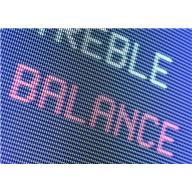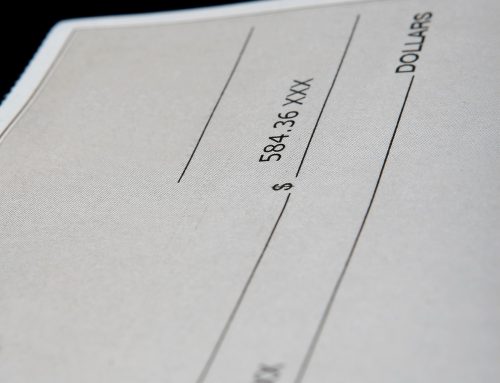Posted on Mar 25, 2014
Financial Statements Made Simple
Balance Sheets 101
Part 1 of 3
Are you the typical small business entrepreneur doing all the work and struggling to know your numbers?
When was the last time you looked at your company’s financial statements? Better yet, do you know what financial statements are?
We’ve developed a series that will provide you with an introduction to two very important financial statements, the Balance Sheet & the Income Statement.
Once we’ve tackled all of that fun stuff, we’ll teach you how to interpret and analyse the numbers on each of these statements. By doing this, you’ll be able to gauge the overall financial health of your business….pretty important stuff if you want to survive and thrive.
So, let’s start with the basics of financial statements.
The purpose of financial statements is to summarize and report all the transactions that go through your business. Your accountant will also include notes to the financial statements; these can help explain how some numbers were calculated or point out any unusual items or entries (among other things).
Financials are typically produced on a monthly, quarterly, or annual basis (for the record, reviewing these on an annual basis – not a good idea….reviewing these on a monthly basis – very good idea).
Let’s start with an introduction to the Balance Sheet.
A Balance Sheet will show your business’ financial position at a particular point in time. Think of a Balance Sheet as a picture that is taken with your camera.
Say cheese!!!
Click….
The picture records your financial position.
So, now that you’ve captured this information it’s time to present it.
The information will be presented with like accounts grouped together in categories. The 3 main categories are Assets, Liabilities, and Equity.
Assets are things you own or use to generate income for your business. Think of things like cash in your bank account, money your customers owe your business, inventory, office furniture, equipment, or vehicles to name a few.
Liabilities are amounts you owe. Bank loans, sales taxes owing to the government, payroll payable, money you owe your suppliers are examples of these types of accounts.
Equity would be what’s left if all the assets were sold and liabilities paid off. It’s what belongs to the shareholders.
Here’s how a Balance Sheet works:
Assets = Liabilities + Equity
All this formula says is; all assets are purchased through what it owes or through what is invested by its owners or shareholders.
So, in a nutshell, a Balance Sheet MUST balance. Go figure!!
Now, because accounting folks don’t want to be viewed as totally inflexible, they decided they’d give people two choices by which they can display this information.
Alternative #1 is to present the information in a side by side format; alternative #2 is to display the information in a vertical format. Wow eh?
Option #1 is called the Account Form – it’s a side by side report showing Assets on the left side of the report and Liabilities and Equity on the right side.
| ABC Company | ||||
| Balance Sheet | ||||
| As at December 31, 20XX | ||||
| Assets | Liabilities | |||
| Cash | 1,000 | Accounts Payable | 2,000 | |
| Accounts Receivable | 5,000 | Bank Loan | 3,000 | |
| Inventory | 9,000 | Total Liabilities | 5,000 | |
| Equipment | 14,000 | |||
| Total Assets | 29,000 | Equity | ||
| Owner’s Equity | 24,000 | |||
| Total Equity | 24,000 | |||
| Total Liabilities & Equity | 29,000 | |||
Option #2 is called the Report Form – it’s an up and down type reporting showing Liabilities and Equity listed below the Asset section.
| ABC Company | |
| Balance Sheet | |
| As at December 31, 20XX | |
| Assets | |
| Cash | 1,000 |
| Accounts Receivable | 5,000 |
| Inventory | 9,000 |
| Equipment | 14,000 |
| Total Assets | 29,000 |
| Liabilities | |
| Accounts Payable | 2,000 |
| Bank Loan | 3,000 |
| Total Liabilities | 5,000 |
| Equity | |
| Owner’s Equity | 24,000 |
| Total Equity | 24,000 |
| Total Liabilitis & Equity | 29,000 |
Same results; different appearance.
Done! There’s your general overview.
Let’s move onto Parts 2 and 3 explaining the Asset, Liability and Equity sections in greater detail.
A Balanced Boss = A HappyBoss
Karen







